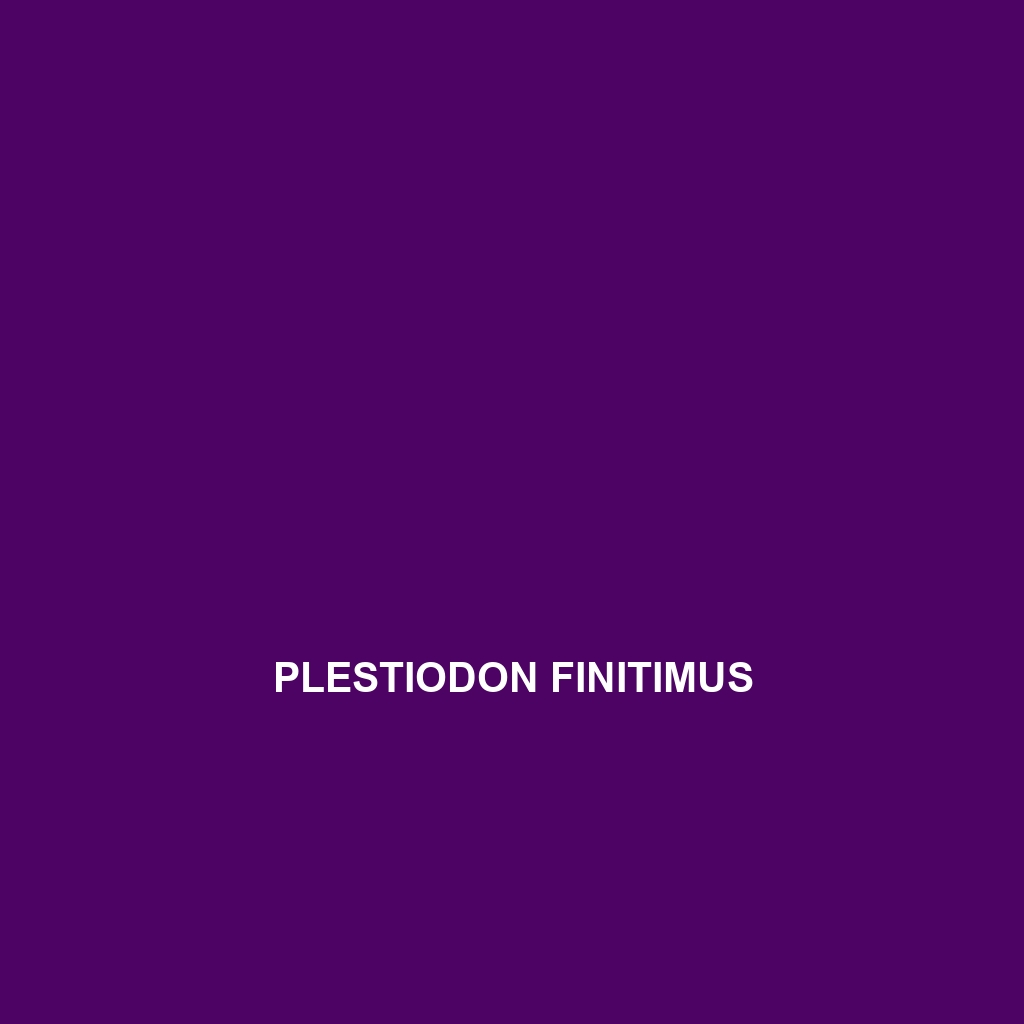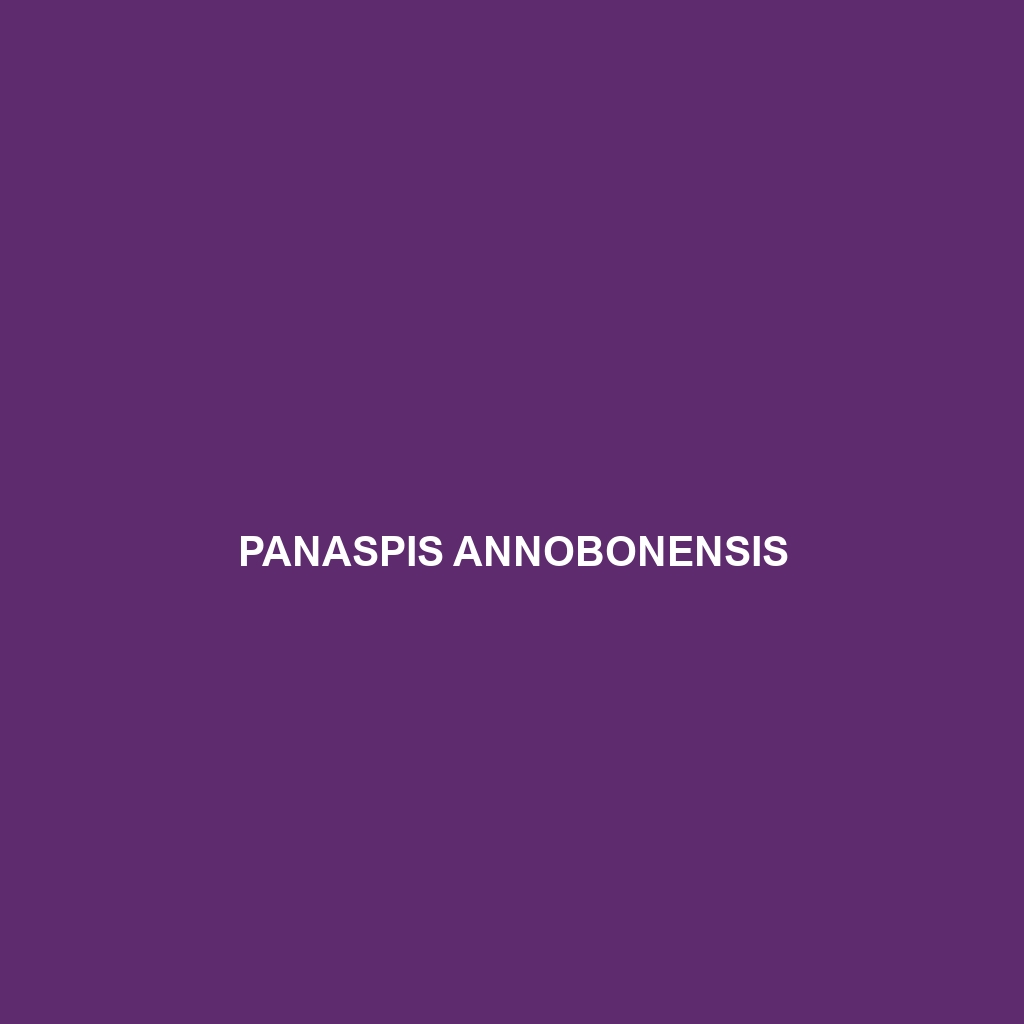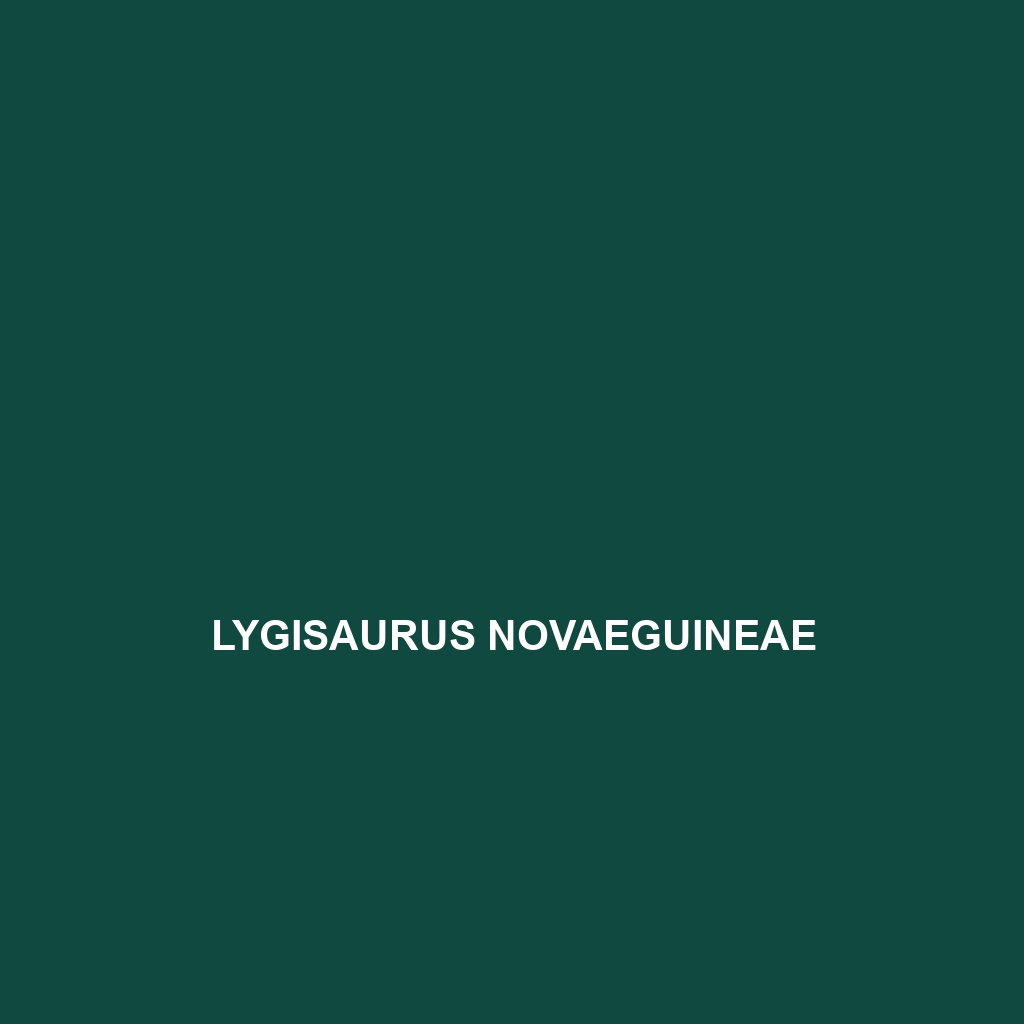<b>Plestiodon fasciatus</b>, commonly known as the Eastern Five-lined Skink, is a small, diurnal lizard measuring 5 to 8 inches with distinctive brown or gray bodies adorned with five longitudinal stripes. Found in diverse habitats across the eastern United States, this insectivorous species plays a crucial role in pest control while exhibiting remarkable agility and the ability to regenerate its tail.
Tag: skink behaviors
Panaspis annobonensis
The Panaspis annobonensis, or Annobón skink, is a slender, diurnal insectivore endemic to Annobón Island, thriving in tropical rainforests and coastal regions. Notable for its camouflage and unique reproductive behaviors, this endangered species plays a vital role in its ecosystem by controlling insect populations and serving as prey for larger predators.
Madascincus mouroundavae
<p>The <b>Madascincus mouroundavae</b>, a small to medium-sized skink found in Madagascar's rainforests and savannas, features vibrant green and brown coloration for effective camouflage. This insectivorous species plays a crucial role in its ecosystem by controlling insect populations and aiding in plant seed dispersal.</p>
Lygisaurus novaeguineae
<p><b>Lygisaurus novaeguineae</b>, or the Papua New Guinea skink, is a small, agile lizard thriving in tropical rainforests, exhibiting vibrant green to brown coloration for camouflage. This diurnal insectivore plays a vital ecological role by controlling insect populations and has adaptations like tail autotomy for predator evasion.</p>
Ctenotus fallens
Ctenotus fallens, a moderately sized skink native to southeastern Australia, thrives in open woodlands and grassy plains, exhibiting distinctive brown to gray coloration with lighter stripes. This diurnal species is agile, feeds primarily on insects, and plays a vital role in pest control while exhibiting unique social behaviors during mating.




